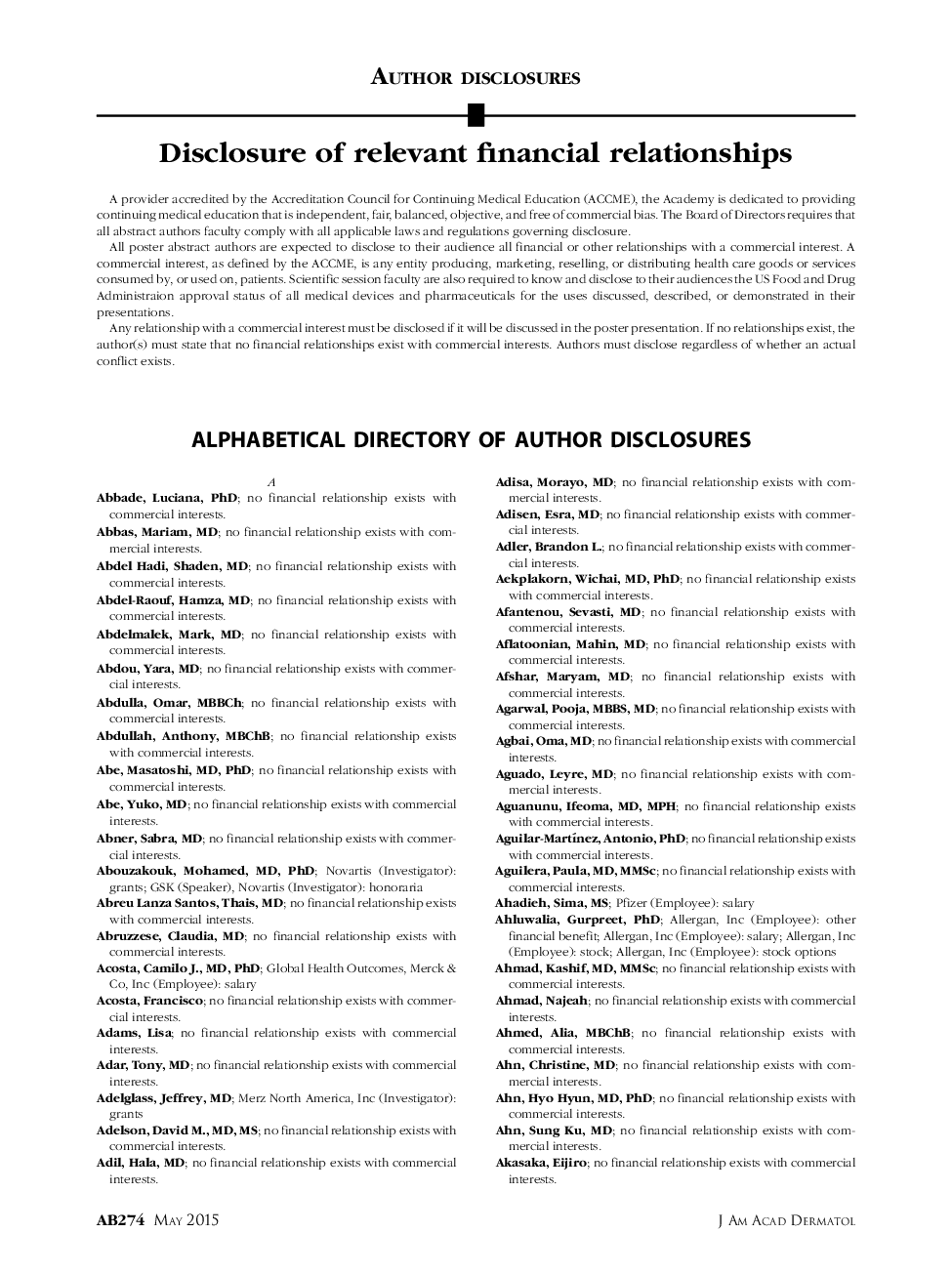| کد مقاله | کد نشریه | سال انتشار | مقاله انگلیسی | نسخه تمام متن |
|---|---|---|---|---|
| 7286812 | 1474125 | 2015 | 61 صفحه PDF | دانلود رایگان |
عنوان انگلیسی مقاله ISI
Learning from gesture: How early does it happen?
ترجمه فارسی عنوان
یادگیری از حرکات: چه موقع این اتفاق می افتد؟
دانلود مقاله + سفارش ترجمه
دانلود مقاله ISI انگلیسی
رایگان برای ایرانیان
کلمات کلیدی
ژست، آزار و شکنجه، عمل، تقلید،
ترجمه چکیده
ژست نمادین یک منبع غنی از اطلاعات برای انتقال ایده به زبان آموزان است. با این حال، برای یادگیری از ژست نمادین، یادگیرنده باید بتواند شکل نمادین آن را تفسیر کند - یک وظیفه غیر رسمی برای کودکان جوان. مطالعه ما به بررسی اینکه چگونه کودکان جوان تفکر نمادین را تفسیر می کنند و این که آیا می توانند از آن برای کشف یک اقدام ناشناخته قبلی استفاده کنند، بررسی می شود. در مطالعه 1، کودکان 2 تا 3 ساله حرکات نمادین نشان داده شده است که نشان می دهد چگونه یک اسباب بازی جدید برای رسیدن به هدف مورد استفاده قرار گیرد. بچه ها در هر دو گروه سنی، پس از دیدن تظاهرات ژست های نمادین، بعد از دیدن تظاهرات، اقدام به هدف را با موفقیت انجام دادند. با این حال، افراد 2 ساله (اما نه 3 ساله) اقدامات هدف کمتر را پس از دیدن تظاهرات ژست های نمادین انجام دادند، نه بعد از دیدن تظاهرات یک اقدام ناقص، و در این معنا هنوز کارشناسان نیستند تفسیر حرکات با این وجود، هر دو گروه سنی به نظر می رسید درک کنند که ژست می تواند اطلاعاتی را که می تواند برای هدایت اعمال خود هدایت شود، انتقال دهد و بدین ترتیب حرکات به خاطر خودشان حرکت نمی کند. به این معناست که کودکان در هر دو گروه اقدام به نمایش در حرکات خود را بر روی جسم انجام دادند، به جای تولید اثر در هوا (به عبارت دیگر، به ندرت ژست آزمایشی را همانطور که انجام شد تقلید کرد). مطالعه 2 مقایسه عملکرد دو ساله پس از تظاهرات حرکت نمادین در مقابل نقطه. حرکات نمادین موجب شده کودکان برای کشف اقدامات هدف بیشتر نسبت به حرکات اشاره گر، نشان دهندۀ این است که ژست نمادین بیش از توجه مخاطب تمرکز می کند، این اطلاعات را در مورد چگونگی حل مشکل، اطلاعاتی که برای کودکان به عنوان جوان به عنوان 2 در دسترس است، فراهم می کند. توانایی از طریق نشانه شناسی یادگیری از این طریق در دوران کودکی آغاز می شود و اگرچه هنوز هم شکننده است، به فرزندان اجازه می دهد تا حرکات را فراموشی کنند، نه به عنوان حرکت بی معنی، بلکه به عنوان نمایشی عمدی و ارتباطی.
موضوعات مرتبط
علوم زیستی و بیوفناوری
علم عصب شناسی
علوم اعصاب شناختی
چکیده انگلیسی
Iconic gesture is a rich source of information for conveying ideas to learners. However, in order to learn from iconic gesture, a learner must be able to interpret its iconic form-a nontrivial task for young children. Our study explores how young children interpret iconic gesture and whether they can use it to infer a previously unknown action. In Study 1, 2- and 3-year-old children were shown iconic gestures that illustrated how to operate a novel toy to achieve a target action. Children in both age groups successfully figured out the target action more often after seeing an iconic gesture demonstration than after seeing no demonstration. However, the 2-year-olds (but not the 3-year-olds) figured out fewer target actions after seeing an iconic gesture demonstration than after seeing a demonstration of an incomplete-action and, in this sense, were not yet experts at interpreting gesture. Nevertheless, both age groups seemed to understand that gesture could convey information that can be used to guide their own actions, and that gesture is thus not movement for its own sake. That is, the children in both groups produced the action displayed in gesture on the object itself, rather than producing the action in the air (in other words, they rarely imitated the experimenter's gesture as it was performed). Study 2 compared 2-year-olds' performance following iconic vs. point gesture demonstrations. Iconic gestures led children to discover more target actions than point gestures, suggesting that iconic gesture does more than just focus a learner's attention, it conveys substantive information about how to solve the problem, information that is accessible to children as young as 2. The ability to learn from iconic gesture is thus in place by toddlerhood and, although still fragile, allows children to process gesture, not as meaningless movement, but as an intentional communicative representation.
ناشر
Database: Elsevier - ScienceDirect (ساینس دایرکت)
Journal: Cognition - Volume 142, September 2015, Pages 138-147
Journal: Cognition - Volume 142, September 2015, Pages 138-147
نویسندگان
Miriam A. Novack, Susan Goldin-Meadow, Amanda L. Woodward,
